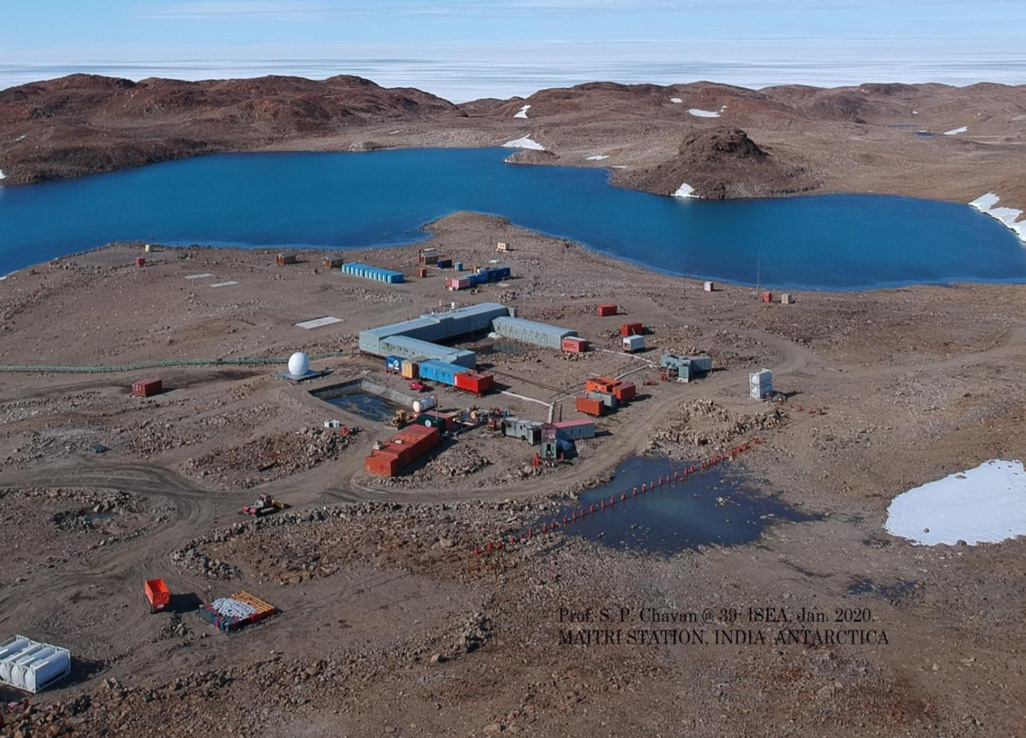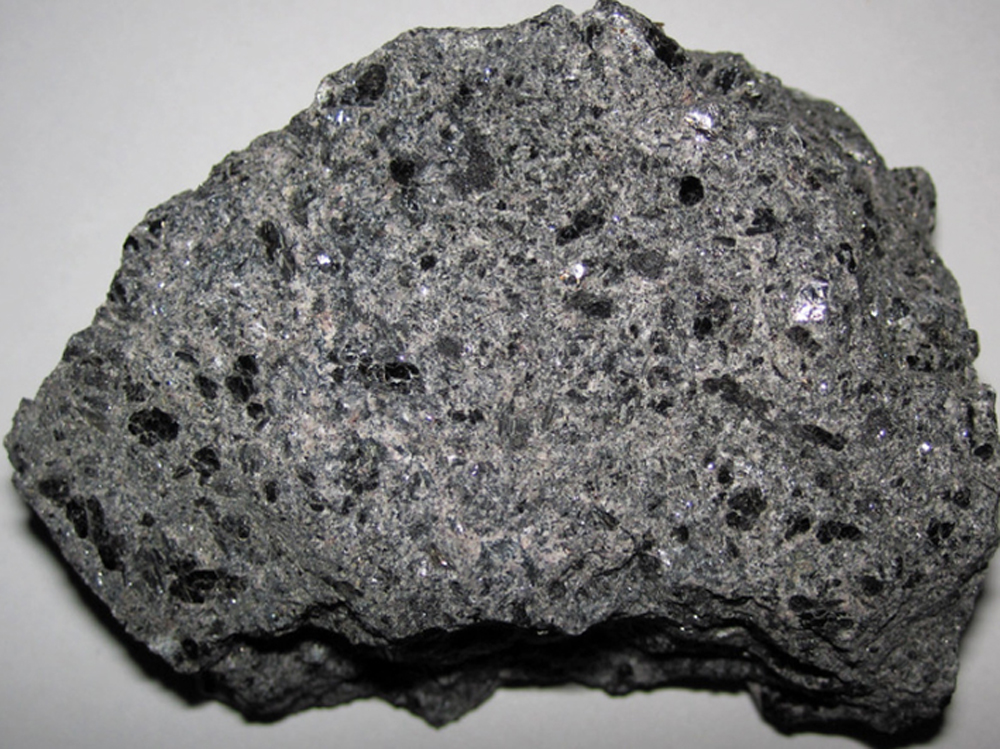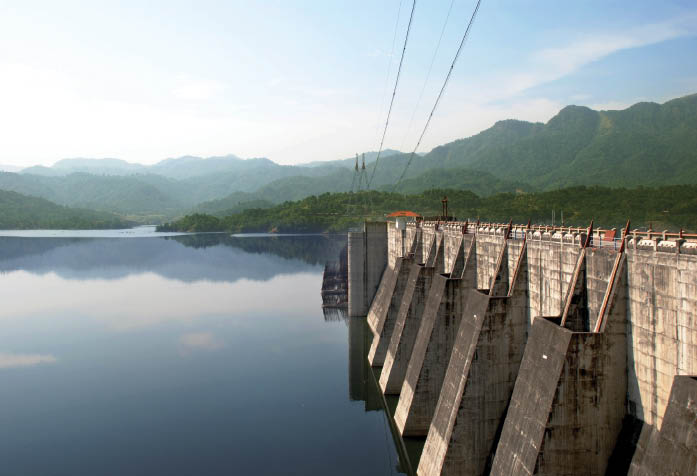Climate change and the Indian Monsoon



India is set to embark on a new chapter in its Polar exploration journey with the construction of Maitri II. The Indian government plans to establish a new research station near the existing Maitri ba...
.png )
The Deep Ocean Mission (DOM), approved by the Government of India in 2021 under the Ministry of Earth Sciences (MoES), represents a strategic step in realizing Sustainable Development Goal 14 (SDG 14:...

China recently announced restrictions on the export of seven rare earth elements (REEs), soon after US President Donald Trump decided to impose tariffs. As the world's dominant supplier—responsible fo...
A decrease in monsoon precipitation has been observed from 1951 to 2015, especially in the west coast and central parts of India. Models simulate that the trend is expected to continue till 2050, afte...
Every year, India looks expectantly towards the southwest monsoon for its annual water requirements. An array of forecasting systems has been developed overtime by the India Meteorological Department...
Predicting wet or dry spells on a large scale, three to four weeks prior to its onset, is essential for agriculture and hydrology. Improved understanding of ocean and atmospheric interactions and inno...
The southwest monsoon begins its long journey from the high-pressure region of Mascarenes High, veering slowly towards the Indian subcontinent. During their course, they are influenced by a host of oc...
A decrease in monsoon precipitation has been observed from 1951 to 2015, especially in the west coast and central parts of India. Models simulate that the trend is expected to continue till 2050, after which it shall begin to recover.

Every year, India looks expectantly towards the southwest monsoon for its annual water requirements. An array of forecasting systems has been developed overtime by the India Meteorological Department to achieve optimum accuracy in predictions.

Predicting wet or dry spells on a large scale, three to four weeks prior to its onset, is essential for agriculture and hydrology. Improved understanding of ocean and atmospheric interactions and innovation in forecast models in recent years have led to better predictions.
